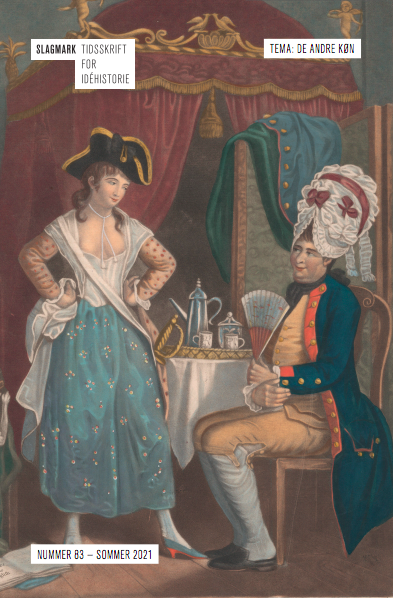Det naturlige og æstetiske køn: Køn og kroppe hos Mary Wollstonecraft
DOI:
https://doi.org/10.7146/slagmark.vi83.144201Keywords:
gender, body, Wollstonecraft, Burke, RousseauAbstract
Since the 1970s, there has been an increased focus on gender in the research literature concerning British philosopher Mary Wollstonecraft, which most likely is caused by the increasing interest in the social aspects of gender inspired by poststructuralist thinking. Although such readings have been illuminative and fruitful, focusing on the social and the interconnections between Wollstonecraft and modernity seems to have brought with them a neglect of two interesting aspects of Wollstonecraft’s notion about gender. On the one hand, her thoughts on the body seem somewhat underexposed, while her impact on the subsequent British romanticists is equally neglected. The article focuses on these two aspects. Here the analyses are based on Wollstonecraft’s discussions with Jean-Jacques Rousseau and Edmund Burke about the relations gender has to nature, bodies, and aesthetics; discussions which inform a conception of gender that the later romantics would take inspiration from.





